Hiking in Korea
BLOG
5/29/2024
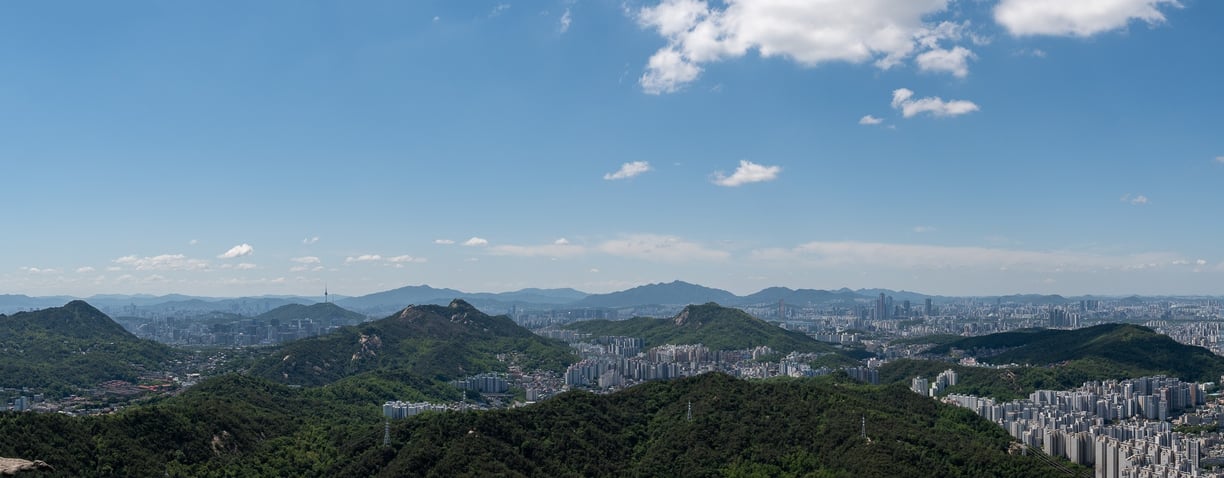

The Diverse Mountain Ranges of Korea
The Korean peninsula boasts a rich tapestry of mountain ranges, each offering unique hiking experiences characterized by diverse shapes, sizes, and geological features. Among the most prominent are the Taebaek, Sobaek, and Jirisan ranges.The Taebaek Mountains, stretching along the eastern coast, are renowned for their rugged terrain and breathtaking vistas. Seoraksan(설악산), the jewel of this range, stands at 1,708 meters and is celebrated for its jagged peaks and vibrant autumn foliage. The trails of Seoraksan vary in difficulty, accommodating both novice and seasoned hikers. The best times to visit are during the fall for the foliage and spring for the blooming flowers.
Moving inland, in close vicinity to Seoul we have Bukhansan(북한산) on the north side and Gwanaksan(관악산) on the south. Bukhansan is a popular destination known for its granite peaks and panoramic city views. At 836 meters, Bukhansan provides moderate trails that are accessible year-round, with spring and autumn being the most favorable seasons due to the mild weather and stunning landscapes.
Further south, the Jirisan range stands as one of Korea's most revered natural sanctuaries. Jirisan itself, the highest peak in mainland South Korea at 1,915 meters, is part of a national park that spans three provinces. This range is noted for its rich biodiversity, housing numerous species of flora and fauna. Hikers can expect to see a variety of wildlife, including the endangered Asian black bear. The trails here range from challenging ascents to more leisurely walks, with late spring and early autumn being the prime hiking seasons.
Beyond their natural allure, these mountains hold significant historical and cultural value. Many trails are dotted with ancient temples, fortresses, and relics that tell the story of Korea's past. For instance, Seoraksan's Ulsanbawi Rock is steeped in legend, and Bukhansan's fortresses date back to the Joseon Dynasty. Such features enrich the hiking experience, offering a journey through both nature and history.
Bukhansan (북한산)
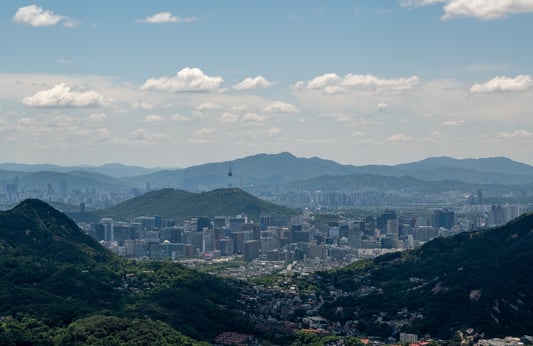

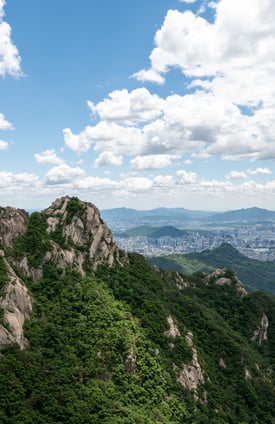

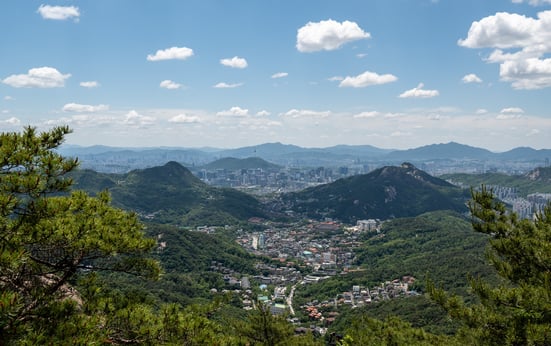

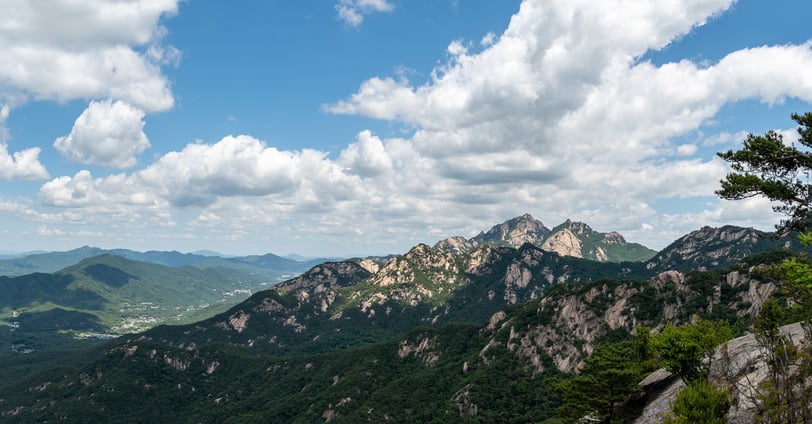

Gwanaksan (관악산)
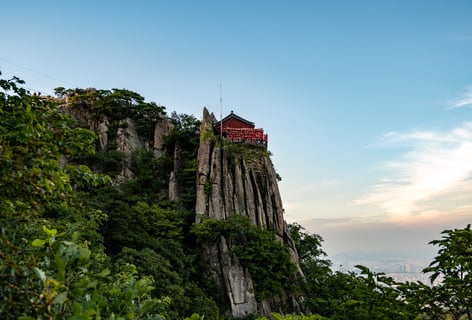

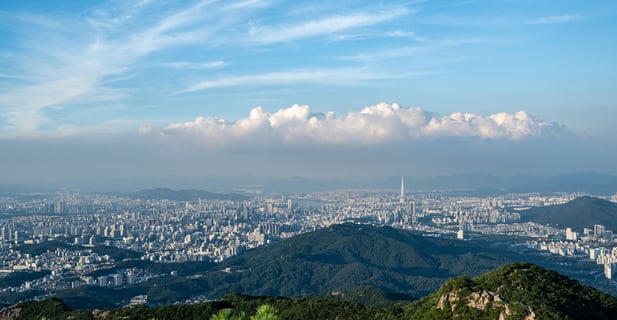


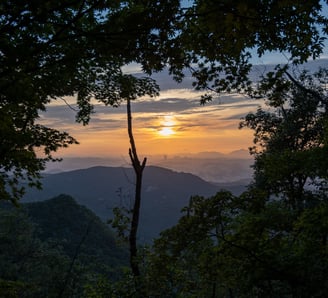
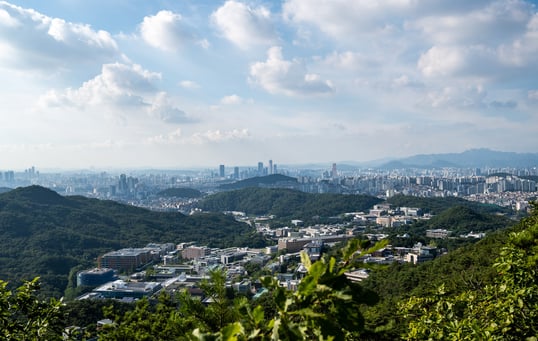

Jirisan (지리산)
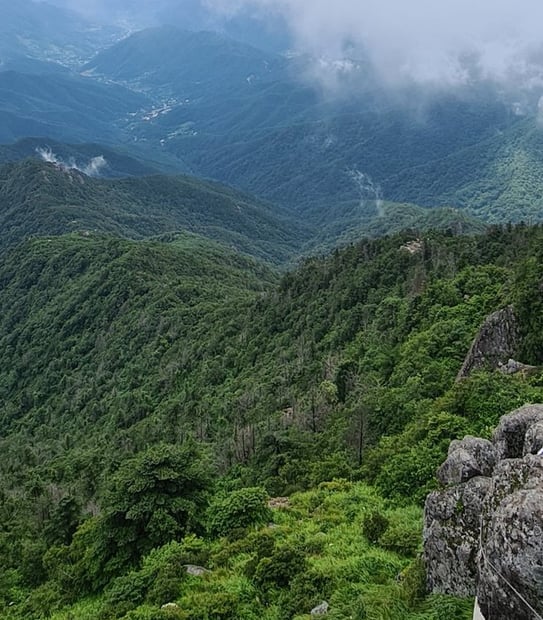


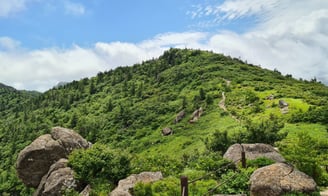
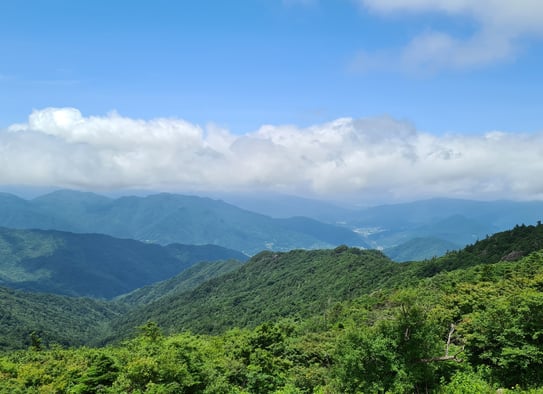

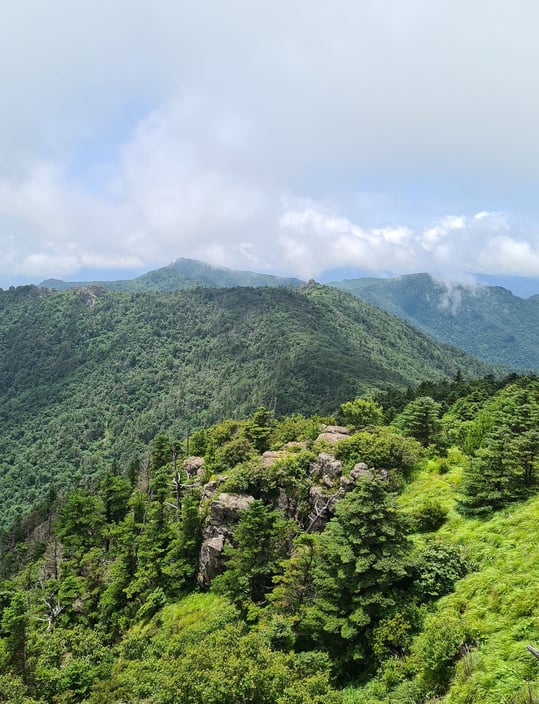

The Benefits and Joys of Hiking in Korea
Hiking in Korea offers a multitude of benefits that extend far beyond the physical exertion involved. The strenuous nature of mountain hiking provides an excellent cardiovascular workout, helping to improve stamina, strengthen muscles, and boost overall physical health. Regular hiking can reduce the risk of heart disease, improve blood pressure, and aid in weight control. The diverse terrain of Korea, from gentle slopes to steep climbs, ensures that hikers of all fitness levels can find trails that match their abilities and help them progressively build their fitness.
Socially, hiking in Korea is an excellent way to meet new people and forge connections. The country's extensive network of hiking trails is frequented by locals and tourists alike, providing ample opportunities to join hiking clubs or simply strike up a conversation with fellow hikers. These interactions can lead to lasting friendships and a sense of community among outdoor enthusiasts.
For those new to hiking, it is essential to be well-prepared. Packing the right gear, such as sturdy hiking boots, weather-appropriate clothing, and sufficient water and snacks, is crucial for a safe and enjoyable hike. Safety precautions, including informing someone of your hiking plans and being aware of weather conditions, should always be taken. Additionally, observing local hiking etiquette, such as staying on marked trails and respecting nature, will ensure a positive experience for all hikers. Be sure to check which route to take beforehand since they vary in difficulty.
In conclusion, hiking in Korea offers a rich blend of physical, psychological, and social benefits, along with the joy of experiencing some of the most stunning natural landscapes. Whether you are a seasoned hiker or a beginner, the trails of Korea await, promising adventure, tranquility, and camaraderie.
